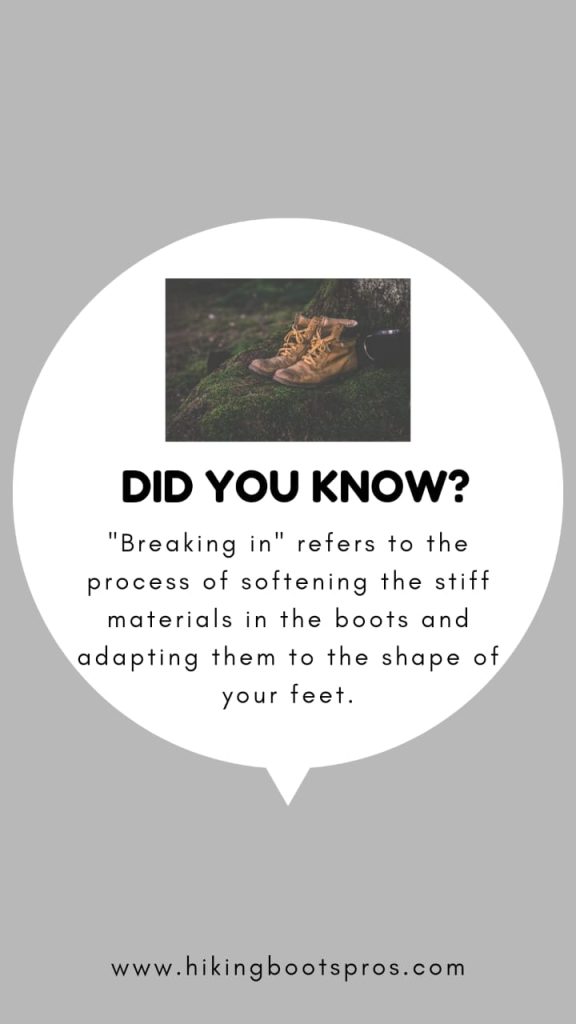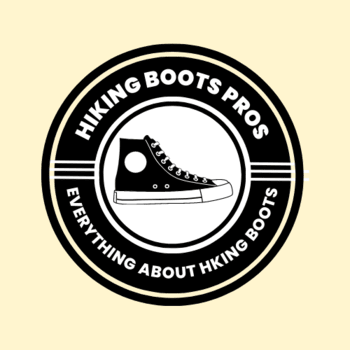When you think of hiking, the first thing that comes to mind is probably the adventure, the fresh air, and the beautiful scenery. But, unfortunately, for many hikers, the experience is marred by the discomfort of their hiking boots. So, why are hiking boots so uncomfortable?
In this blog post, we’ll take a closer look at some of the factors that contribute to this problem and offer some tips on how to make your next hike more comfortable.
Why Fit and Sizing Is So Important?
One of the main reasons hiking boots can be uncomfortable is because of a poor fit. Ill-fitting boots can cause blisters, hot spots, and even bruising or injury. That’s why it’s crucial to choose boots that fit well and to pay attention to sizing when making your purchase.
When selecting hiking boots, you should try them on in the afternoon when your feet are at their largest. Be sure to wear the same socks you’ll be wearing on your hike and walk around in the boots for at least 10-15 minutes to ensure a proper fit.
Additionally, consider the shape of your feet and any potential problem areas, such as wide or narrow feet, flat arches, or bunions. Different brands and models of hiking boots may have different shapes, so don’t be afraid to try on several options before making your purchase.
Why Weight Is Important?
Another factor that contributes to the discomfort of hiking boots is weight. Hiking boots can be heavy, and the heavier they are, the more quickly your feet and legs will tire. This can lead to discomfort, pain, and even injury during longer hikes.
Fortunately, there are several ways to reduce the weight of your hiking boots. One option is to choose lighter materials such as mesh, which can make the boots more breathable and comfortable as well.
Additionally, consider the weight of the sole and choose boots with a lighter sole if possible. Finally, be mindful of the weight of your gear and pack overall. The lighter your gear, the less strain you’ll put on your feet and the more comfortable your hike will be.
Why Support and Stability Are Crucial?
Hiking boots need to provide adequate support and stability to prevent injuries and discomfort on the trail. Without enough support, your feet can move around too much in the boots, causing blisters and hot spots. Without sufficient stability, you risk twisting your ankle or suffering other injuries.
To ensure proper support and stability, look for hiking boots with a sturdy sole and midsole, as well as ankle support if you need it. Additionally, consider the terrain you’ll be hiking on and choose boots with appropriate traction and grip for the conditions.
If you have specific foot or ankle issues, consult with a professional, such as a podiatrist, to find the best hiking boots for your needs.
How Breathability and Moisture Management So Important?
Moisture and heat can be a major source of discomfort when hiking. When your feet get too hot and sweaty, it can lead to blisters, chafing, and an overall unpleasant experience. That’s why breathability and moisture management are crucial factors to consider when choosing hiking boots.
Look for boots with breathable materials and designs, such as mesh or perforations. Additionally, consider socks that are specifically designed for hiking, with moisture-wicking properties to keep your feet dry and comfortable.
If you know you sweat heavily, you may want to invest in specialized insoles or liners that absorb moisture and keep your feet dry.
What is Breaking in Hiking Boots?

Breaking in new hiking boots is an important step to ensure that they are comfortable on the trail. “Breaking in” refers to the process of softening the stiff materials in the boots and adapting them to the shape of your feet. This process can take time, and it’s important to start it well in advance of any planned hikes.
To break in your hiking boots, start by wearing them around the house for short periods. This will help your feet adjust to the boots and vice versa. Gradually increase the amount of time you wear them each day until you can comfortably wear them for a full day.
It’s also a good idea to wear your hiking socks when breaking in your boots, as this will help them conform to the shape of your feet. Additionally, you can try wearing the boots with a slightly heavier load, such as a backpack, to help compress the materials and speed up the breaking-in process.
It’s important to note that breaking in hiking boots does not mean they will become soft and flexible like a pair of sneakers. Hiking boots are designed to provide support and protection on rough terrain, and some stiffness is necessary to achieve that.
However, a well-broken-in pair of hiking boots should be comfortable and provide the necessary support for your feet and ankles on the trail.
Read more about: How long do hiking boots last
Conclusion:
In conclusion, several factors contribute to discomfort when wearing hiking boots. These include poor fit, weight, lack of support and stability, and inadequate breathability and moisture management.
By paying attention to these factors and choosing the right boots, you can make your hiking experience more comfortable and enjoyable.
FAQs:
Hiking boots can be uncomfortable for several reasons, including poor fit and sizing, weight, lack of support and stability, breathability and moisture management, and not breaking them in.
Are hiking boots supposed to be comfortable?
Hiking boots should be comfortable and provide adequate support and stability on the trail. However, it’s essential to choose boots that fit well and break them in before hitting the trails.
How can I make my hiking boots more comfortable?
To make hiking boots more comfortable, choose boots that fit well and provide adequate support and stability. You should also consider the weight and breathability of your boots and break them in before hitting the trails.

Tyler Looney is an avid hiking enthusiast and the author of HikingBootsPros.com, a website dedicated to providing helpful insights and advice on choosing the best hiking boots. His expertise and passion for hiking have made him a valuable resource for both beginner and experienced hikers alike.

